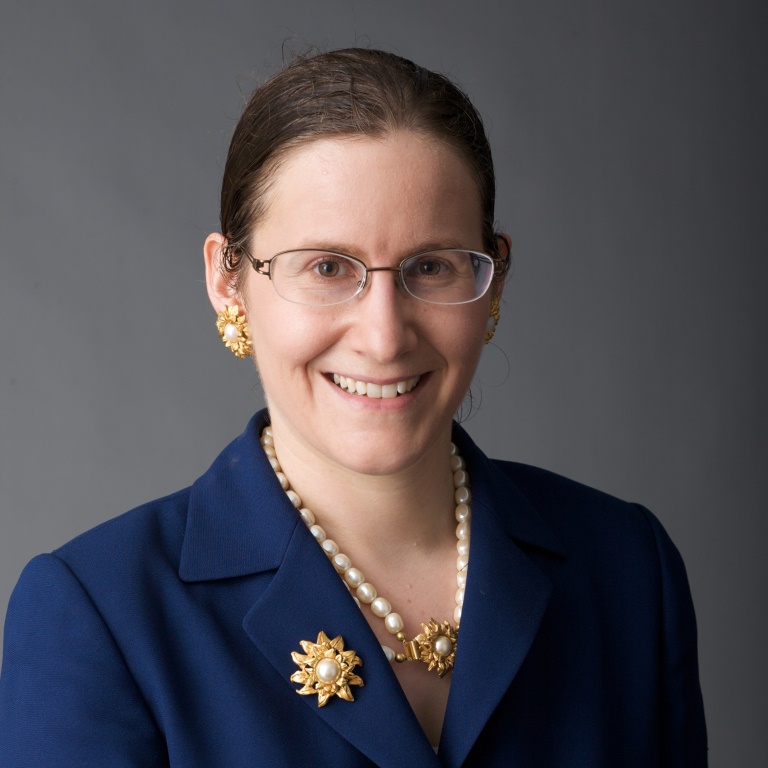Xuan-Thao Nguyen, Tech Bros, Social Media, and the End of IP Financing?
Ideas are nothing without financing. Banks will not give
loans secured by patents; banking law constraints. How was Silicon Valley Bank
able to make loans to startups before its demise? Piggyback on VC due diligence,
valuation. Funding round provides money to pay back loan; SVB also took a
warrant on the startup itself—the right to purchase shares. If the value of the
startup goes up, the value of the warrant comes up.
What will happen now that SVB collapsed? Operated in US,
Israel, China. Note that access to funding was never equitably distributed for
women and minorities. Nonbank lenders may come in, but problems are associated
with that. Nonbank lenders demand higher fees and interest rates b/c their
money comes from investors, not depositors. Bank loans are typically much
cheaper. IP is considered very risky for loans—not good collateral.
Felix Wu: What should happen?
A: senior consultant for World Bank: banking law is not
going to change. Banking focuses on deposits; we have to protect the
depositors. The loans rely on quantifiable collateral. Lessons from China:
patent office can work with bank and experts to value specific IP, issue a
certificate, and the bank can then rely on that. Insurance policy. Can also
have government provided guarantee.
RT: TM as collateral?
A: Has paper in Houston LR: an established company w/royalty
stream can rely on them as accounts receivable. Even a new company, if they
have customers ordering, the bank can use that as financing based on accounts
receivable. The byproducts of the TM can be financed. But IP, including TM, are
not viewed by banking sector as the type of corporate assets on which they can
rely for lending.
David Stein, Rethinking IP Incentives Following a Process
Shock: Lessons from Online Consumer Services
Software IP broke about 10 years ago and no one noticed. First
divide in protecting implementation but not interface, for
competition-based/network effect-based reasons. The problem is that this system
fell apart around 2008-2012 when smartphones came out. Once I have a phone
connected to the internet, I want my software available to me everywhere.
Everything moved into the cloud. No need to bear all implementation costs up
front, as there was before; can add or remove features over time, handle edge
cases that develop. At the same time, the risk of copying essentially went
away. Access to market is now about having enough computers to run the software
for all your users. So now, we have lots of protection for implementation where
we don’t need it and no protection for interfaces where new entrants can easily
be copied.
It’s worse than that b/c of the difference b/t disruptive
and incremental innovation. Totally new product: risks cannibalizing existing
market; risks entire portfolio (example: Google Buzz—still in a consent decree
w/FTC). That doesn’t exist for startups. That means small companies largely introduce
disruptive innovations, while A/B testing of small changes favors
size/economies of scale. Thus if a large company copies a small company’s
innovation, it can accelerate faster than the small company and make it much
better.
Recommendations: dump most precedent. Some need in installable
software world, but if we’re worried about concentration and innovation in
online spaces, the scheme we have doesn’t quite work. Like to see more
protection for disruptive interfaces. Problems exist w/lasting IP rights in
interfaces, b/c right to stop people from distributing software does create
barriers, so misappropriation and unfair trade practices may be more suited.
Fred Yen: These interface problems have existed since Lotus
v. Borland; pick a few examples that people can get their hands around,
especially for a general audience.
A: you have to be a large incumbent before there’s a
community depending on Lotus. Big difference is the direction of copying. If Lotus
controls the market and people are dependent on it, then others need to support
Lotus’s interface to compete. But that’s not the direction of copying he’s
seeing—cool new interfaces by startups are copied by Meta and Google and
Microsoft. That’s more problematic.
RT: Why is IP the solution space? Why won’t the big
companies just acquire and kill startups unless there’s a structural remedy?
Meta knows how to write a big check.
A: Cares about activity levels; ruinous copying decreases
the incentive to try to get bought out. Thinks there’s too much copying—why would
anyone buy when they could copy? [And yet they do buy, a lot.] Structural remedies
mean that there’s no hope of being acquired which depresses innovation.
Jessica Silbey: Give a menu of options: reverse confusion
protection for unregistered trade dress; improvement patents; etc. Much better
for doctrinal gravitas.
A: could have FTC exercise its §5 authority; startups won’t
use the law b/c they can’t survive the length of time it takes to bring a case.
Wu: not convinced there isn’t © protection for many
interfaces; the lock-in effect may override that in a market dominance
situation but that’s different from there being no protection.
Ben Depoorter, Copyright Small Claims Litigation: An
Empirical Analysis
Goal: stick to infringement. Time frame ongoing; 428 cases
so far. Reproduction and public display are the main alleged rights violated
(with lots of overlap); only 71 derivative work claims. Smaller cases, under
$5000, are more streamlined—only 1 Board member evaluates; 163 of the claims
choose this. Statutory damages requested 22% of time. 71% pro se, 28% represented.
Few repeat players, but Joe Hand live entertainment is—business
model is working with bars etc for live entertainment broadcasts. 7% optouts, but
note that you don’t need to opt out if the claim is noncompliant.
Little evidence of trolling, opt-outs; many noncompliant claims.
Next steps: identify trends, decision analysis, damage
awards, types of noncompliance.
Silbey: also look at who asks for the smaller awards.
Q: maybe optouts are lower because of risks of fee-shifting
if the defendant makes a big federal case out of it. [registration status makes
a big difference here]
A: generally, there is a selection effect—wants to track
that over time. There are a lot of considerations; the opt out notice is an ad
for the board—the CO warns about what can happen in federal court.
RT: asked about registration status—which would interact
w/risk of fee shift in federal court. I just checked and the CCB does not explain the effect of a
timely registration in federal court in its list of considerations about
whether to opt out or not.
Number one consideration is what makes initially
noncompliant submissions not try to correct.
Kristelia García, Imperfect Enforcement
What makes people underenforce—retweet fan videos instead of
shutting them down? Mechanisms and benefits are similar in IP and outside.
Unlike public enforcement discretion, private enforcement discretion/selective
enforcement is not well studied or theorized.
Taxonomy: private enforcement can be selective, delayed,
algorithmic; private forbearance can be nonenforcement by default or
intentional; intentional can be ex ante or ex post. Comedians suing Spotify;
tattoo artists suing videogame companies. Questions of reliance/implied license
can arise from delayed enforcement.
Intentional nonenforcement: foreclosures are an example
where there is nonenforcement, disproportionately in wealthier neighborhoods.
Video game developers who allow piracy in hopes that users will buy in game
content.
As with other forms of private ordering, selective
nonenforcement does raise some concerns. Propensity for bias is obvious as
w/mortgage enforcement. Sometimes it’s economically rational—wealthier people
are better credit risks, so maybe they can get their accounts current and take
advantage of loan modifications. Lack of transparency about reasons.
Advantages: decision in hands of party best positioned to
evaluate. Valuable info to lawmakers about what industry cares about and what
it doesn’t. Not every wrongdoing results in a loss.
Lemley: caution about any suggestion of use it or lose it—leads
in TM to bullying and threats of lawsuits that are unnecessary and harmful.
Larger issue: we have this nonenforcement b/c we’ve created an overbroad set of
legal rights such that infringement goes on all the time. So we recognize that
lots of copyright infringements are not worth enforcing, either not harmful or
even helpful. If we’re not ok with that, think about narrowing the scope of the
enforceable right.
Xiyin Tang: what’s the difference b/t delayed and intentional?
Petrella seems to involve elements of both.
Alex Roberts: how does this play into a monitoring strategy?
Aggressive monitoring v. sit back and wait to see what comes to your attention.
A: yes, and algorithms also come into that. Some pass it off
to algorithms.




